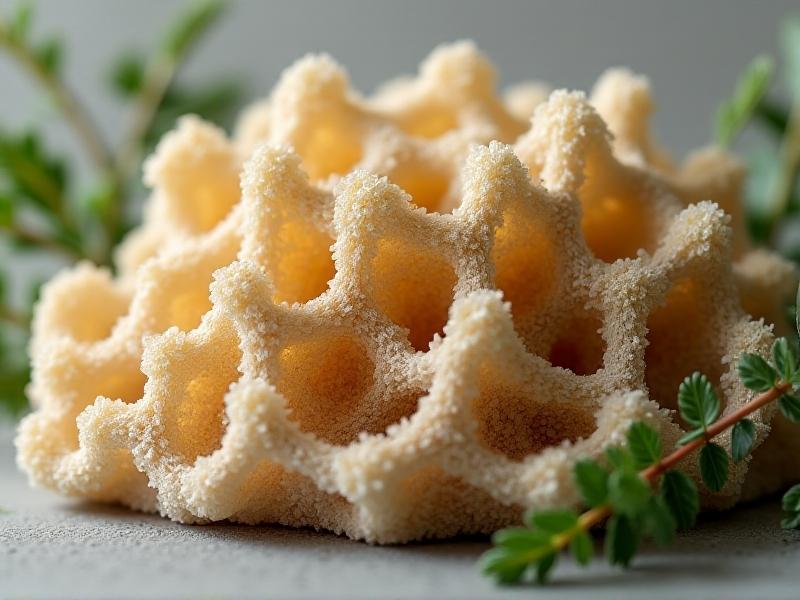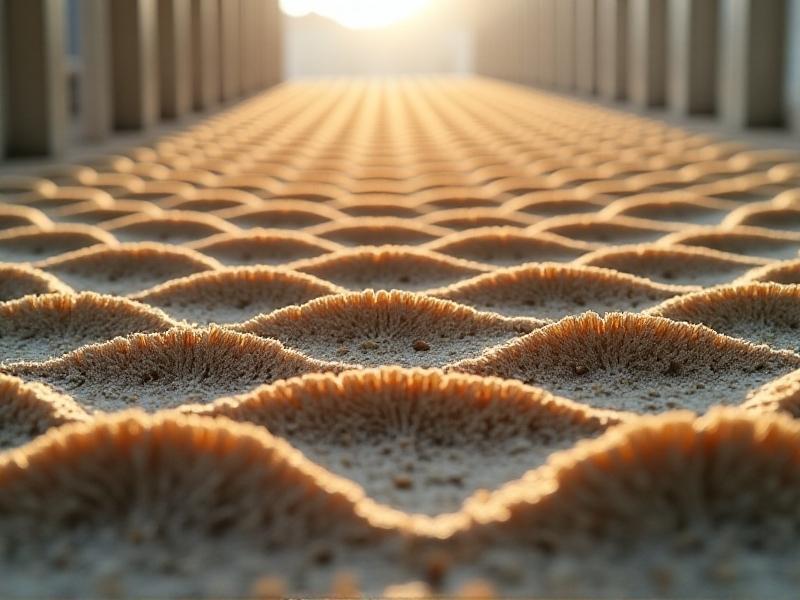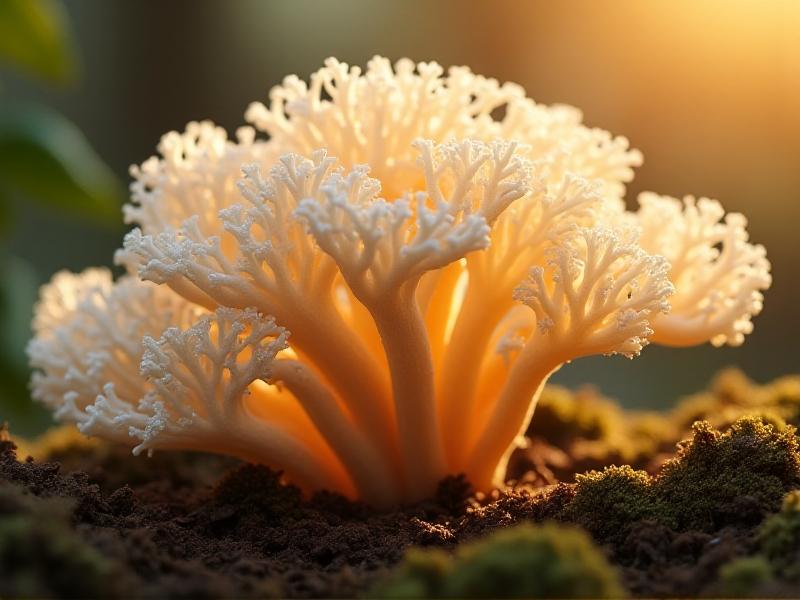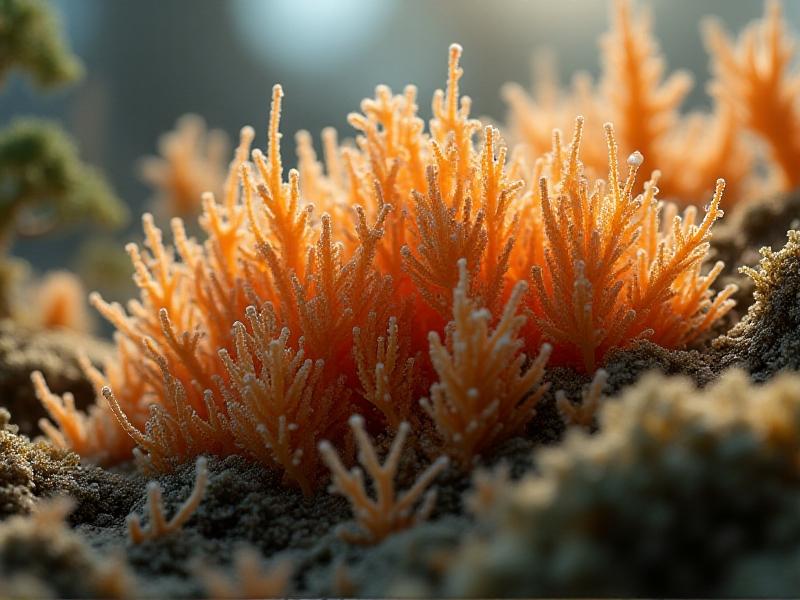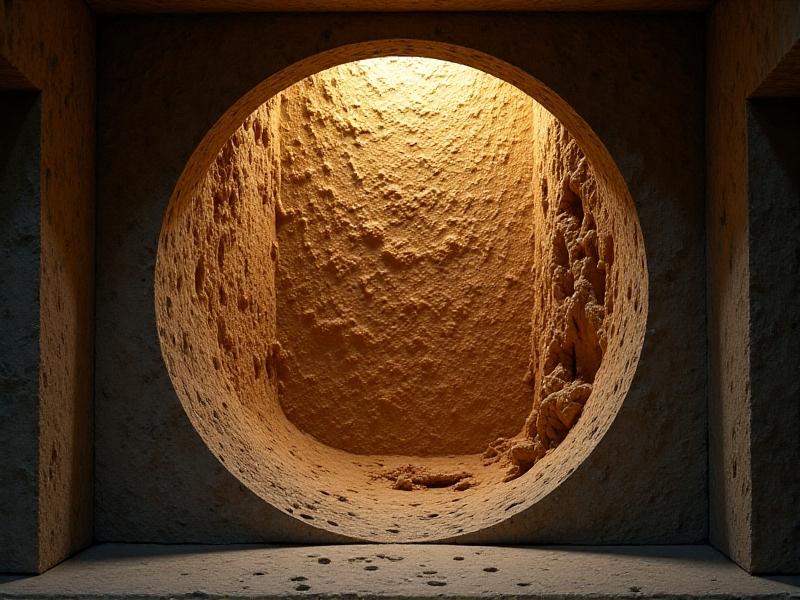Impact of Substrate Composition on Insulation Longevity
Understanding Substrate Composition and Its Role in Insulation
Substrate composition plays a pivotal role in determining the effectiveness and longevity of insulation materials. The substrate, which serves as the base layer for insulation, can be made from a variety of materials, including wood, concrete, metal, or even composite materials. Each of these substrates has unique properties that influence how well insulation performs over time. For instance, a concrete substrate may offer excellent thermal mass, while a wooden substrate might provide better flexibility in certain climates. Understanding the specific characteristics of the substrate is essential for selecting the right insulation material and ensuring its durability.
Moreover, the interaction between the substrate and the insulation material is crucial. Factors such as moisture resistance, thermal conductivity, and structural stability must be considered. A poorly chosen substrate can lead to issues like condensation, mold growth, or even structural damage, all of which can significantly reduce the lifespan of the insulation. Therefore, a thorough analysis of the substrate's composition is the first step in achieving long-lasting insulation.
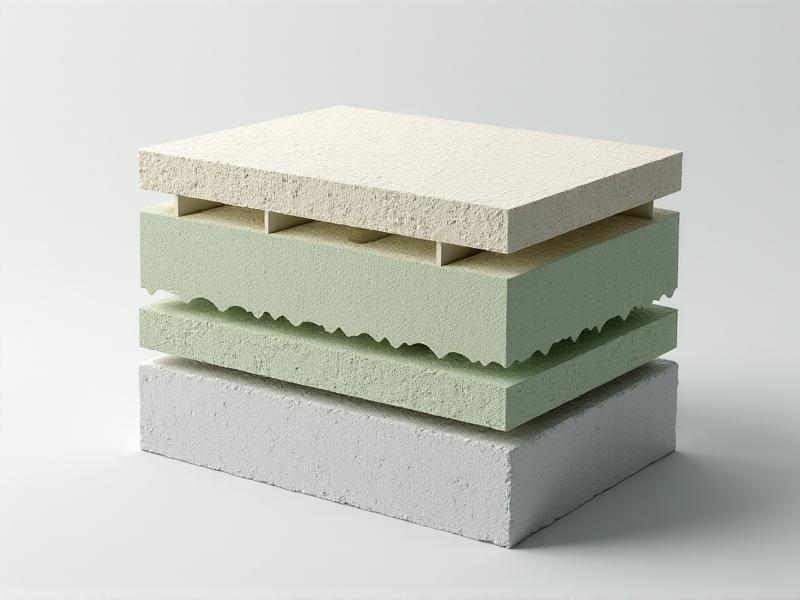
How Moisture Affects Insulation Longevity
Moisture is one of the most significant factors that can compromise the longevity of insulation. When insulation materials absorb moisture, their thermal performance deteriorates, and they become more susceptible to mold and mildew growth. The substrate composition plays a critical role in managing moisture levels. For example, a substrate with poor moisture resistance can allow water to seep into the insulation, leading to a host of problems.
To mitigate these issues, it is essential to choose substrates that are inherently moisture-resistant or to apply moisture barriers during installation. Materials like treated wood or concrete with waterproof coatings can help prevent moisture infiltration. Additionally, proper ventilation and drainage systems should be incorporated to ensure that any moisture that does accumulate can escape, thereby protecting the insulation and extending its lifespan.
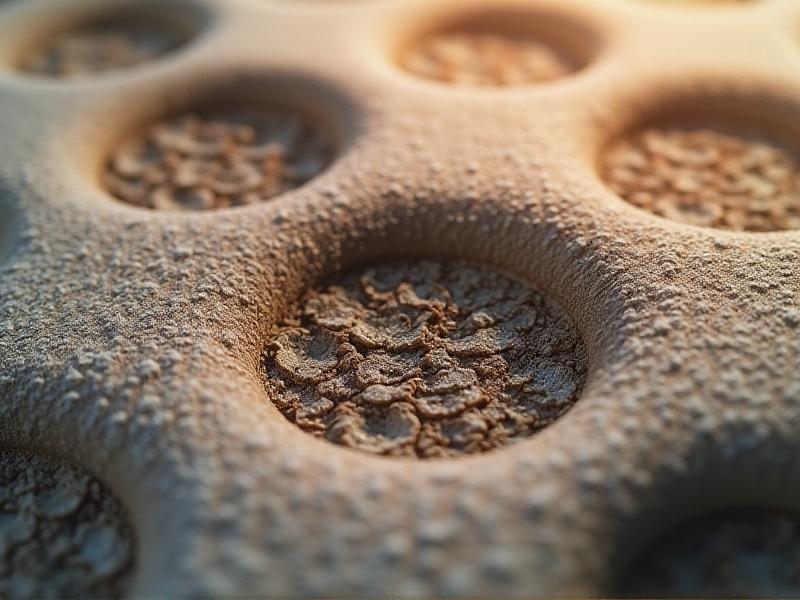
The Impact of Thermal Conductivity on Insulation Performance
Thermal conductivity is a key property that determines how well insulation can resist heat transfer. Substrates with high thermal conductivity, such as metal, can undermine the effectiveness of insulation by allowing heat to pass through more easily. On the other hand, substrates with low thermal conductivity, like wood or certain composites, can enhance insulation performance by reducing heat transfer.
When selecting a substrate, it is important to consider its thermal properties in relation to the insulation material. For example, pairing a high-conductivity substrate with an insulation material that has a low thermal resistance may not be effective. Conversely, a low-conductivity substrate can complement the insulation, creating a more efficient thermal barrier. This careful consideration of thermal conductivity can significantly impact the longevity and performance of the insulation system.
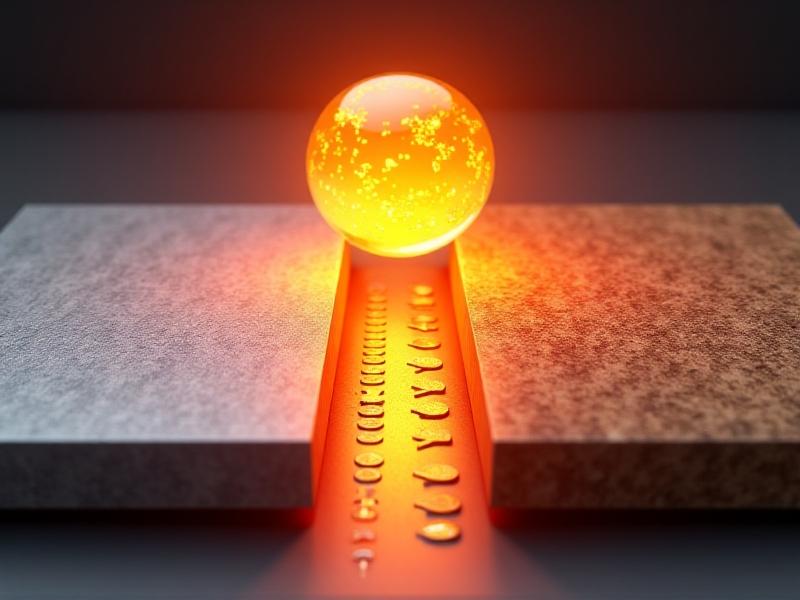
Structural Stability and Its Influence on Insulation Durability
The structural stability of the substrate is another critical factor that affects insulation longevity. A substrate that is prone to shifting, settling, or cracking can cause the insulation material to become compressed, torn, or displaced, leading to gaps and reduced effectiveness. This is particularly important in regions with extreme weather conditions, where substrates must withstand significant stress.
To ensure long-lasting insulation, it is essential to choose substrates that are stable and durable. Concrete and steel are often preferred for their strength and resistance to deformation, but even these materials must be properly installed and maintained. Regular inspections and repairs can help identify and address any structural issues before they compromise the insulation. By prioritizing structural stability, you can protect the insulation and maintain its performance over time.
The Role of Environmental Factors in Substrate Selection
Environmental factors such as temperature fluctuations, humidity, and exposure to UV radiation can significantly impact the longevity of insulation. The substrate composition must be chosen with these factors in mind to ensure that it can withstand the local climate. For example, in hot and humid environments, substrates that resist moisture and heat are essential, while in colder climates, substrates that can handle freeze-thaw cycles are more appropriate.
Additionally, the substrate must be able to resist environmental degradation, such as corrosion or UV damage. Materials like treated wood, stainless steel, or UV-resistant composites can offer better protection against these elements. By carefully considering the environmental conditions, you can select a substrate that will support the insulation and maintain its effectiveness over the long term.
Innovations in Substrate Materials for Enhanced Insulation Longevity
Recent advancements in material science have led to the development of new substrate materials that offer improved performance and durability. For example, aerogels and phase-change materials are being used to create substrates with exceptional thermal properties. These innovative materials can enhance the effectiveness of insulation and extend its lifespan by providing better thermal resistance and stability.
Another promising development is the use of smart substrates that can adapt to changing environmental conditions. These materials can regulate moisture levels, adjust thermal conductivity, or even self-repair minor damage, thereby protecting the insulation and maintaining its performance. As these technologies continue to evolve, they offer exciting possibilities for achieving longer-lasting insulation systems.
Best Practices for Substrate Preparation and Insulation Installation
Proper preparation of the substrate is crucial for ensuring the longevity of insulation. This includes cleaning the surface, repairing any damage, and applying necessary coatings or barriers. A well-prepared substrate provides a stable and secure base for the insulation, reducing the risk of issues like air leaks or moisture infiltration.
During installation, it is important to follow best practices to ensure that the insulation is properly fitted and sealed. This includes using the right adhesives, fasteners, and sealing materials, as well as ensuring that there are no gaps or overlaps. Proper installation not only enhances the performance of the insulation but also protects it from potential damage, thereby extending its lifespan.
Case Studies: Substrate Composition and Insulation Longevity in Real-World Applications
Examining real-world applications can provide valuable insights into the impact of substrate composition on insulation longevity. For example, in a case study of a commercial building in a humid climate, the use of a moisture-resistant substrate combined with high-performance insulation resulted in significant energy savings and reduced maintenance costs over a 10-year period.
Another case study involving a residential property in a cold climate demonstrated the benefits of using a low-conductivity substrate to enhance the thermal performance of the insulation. The homeowners reported improved comfort and lower heating bills, as well as no issues with moisture or mold. These examples highlight the importance of selecting the right substrate for the specific environmental conditions and application.
Future Trends in Substrate and Insulation Technology
As the demand for energy-efficient buildings continues to grow, the development of new substrate and insulation technologies is expected to accelerate. One emerging trend is the integration of renewable materials, such as bamboo or recycled composites, into substrates. These materials offer environmental benefits while also providing excellent performance characteristics.
Another trend is the use of digital tools and sensors to monitor the condition of the substrate and insulation in real-time. This allows for proactive maintenance and early detection of potential issues, further extending the lifespan of the insulation. As these technologies become more widespread, they will play a key role in creating more sustainable and durable insulation systems.
